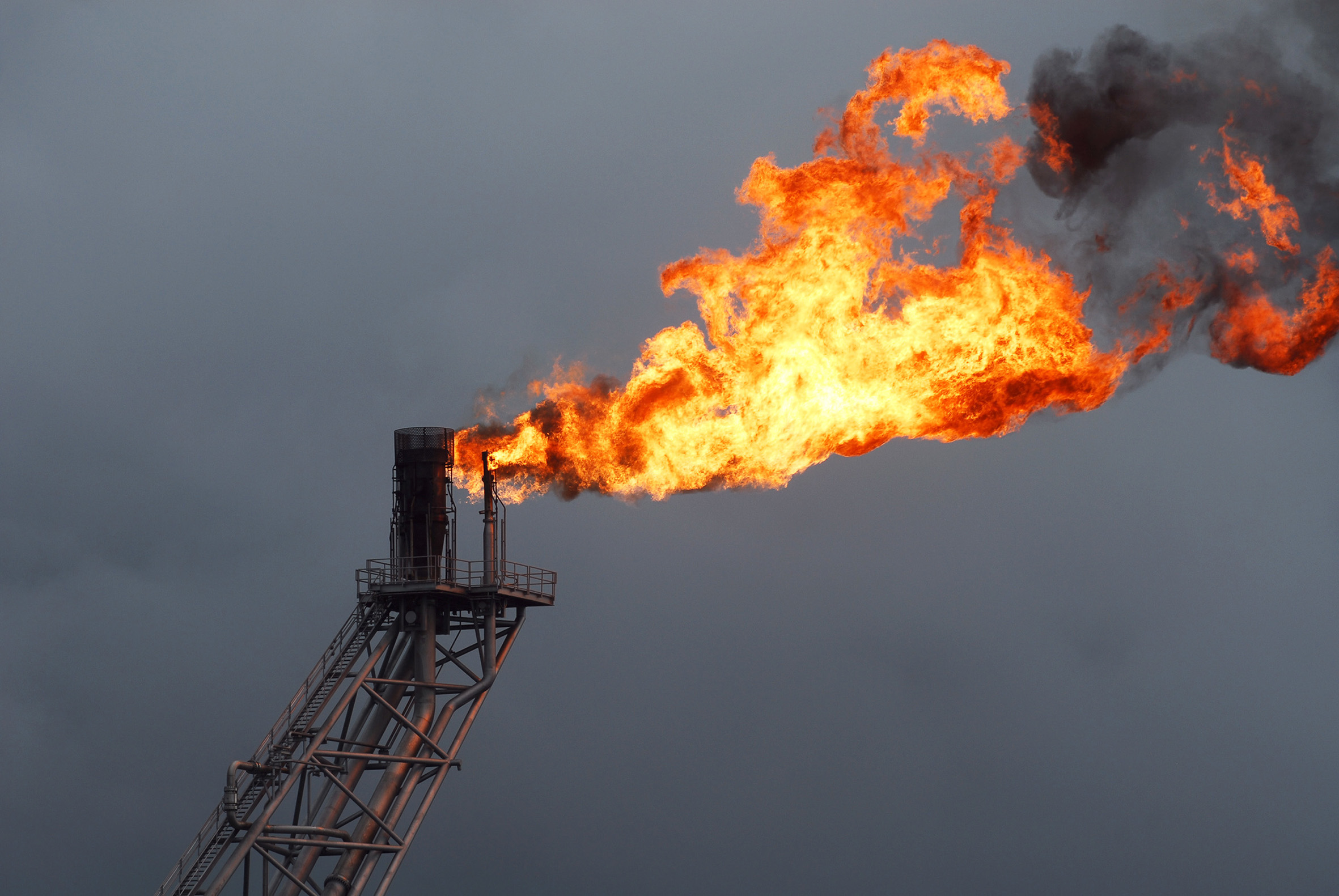The Environmental Partnership, an oil and gas association focused on best practices and emissions reduction efforts across the entire value chain of the industry, has launched a program aimed to reduce flaring at upstream operations, the American Petroleum Institute informed this Wednesday.
Flaring Management program is just the latest effort from the association, which has just recently added midstream operators to their associates. In fact, the Environmental Partnership (EP) represents about 70% of total onshore U.S. oil and gas production.
It shares information across the industry to seek best practices; advances new technology and creates synergy and collaboration across companies to reduce emissions and collect data for further research and development. The latest, as said, is the flaring program in which companies are committed to reduce it.
The program promotes alternatives like associated gas, and the improved reliability and efficiency of flaring, when it does occur. This is a common practice for oil drillers and operators, as it increases pressure in the well and improves production. It’s safer than venting, or releasing the gas into the air, nevertheless, is an important source of emissions.
Recommended to you: Siemens Gamesa and Ørsted 298 MW onshore wind power project
Flaring, while necessary, it must be reduced
In this regard, Vanessa Ryan, manager of the carbon reduction team at Chevron (which was one of the first companies to enter the partnership) chair of Environmental Partnership, said:
“While U.S. operators have proven it’s possible to increase production while also reducing flaring, our participating companies share the community, shareholder, regulatory, and environmental perspective that it must be reduced.”
Companies aligned to the program have committed to report data on their flaring intensity, constancy, and to measure their flare volumes relative to their production. With this data gathering, the partnership will study and seek new opportunities to keep reducing this practice.
“This new Flare Management Program is another tool; it will deliver invaluable data to better understand the cause, our progress, and inform the future actions needed to minimize flaring,” said Mike Smith, EHS professional at Devon Energy, and leader of the program. To what Matthew Todd, director of EP, concluded:
“This commitment to reduce flaring builds on the industry’s progress in reducing methane emissions; is the latest example of how companies are constantly innovating to improve environmental performance while delivering affordable, reliable energy around the world.”


